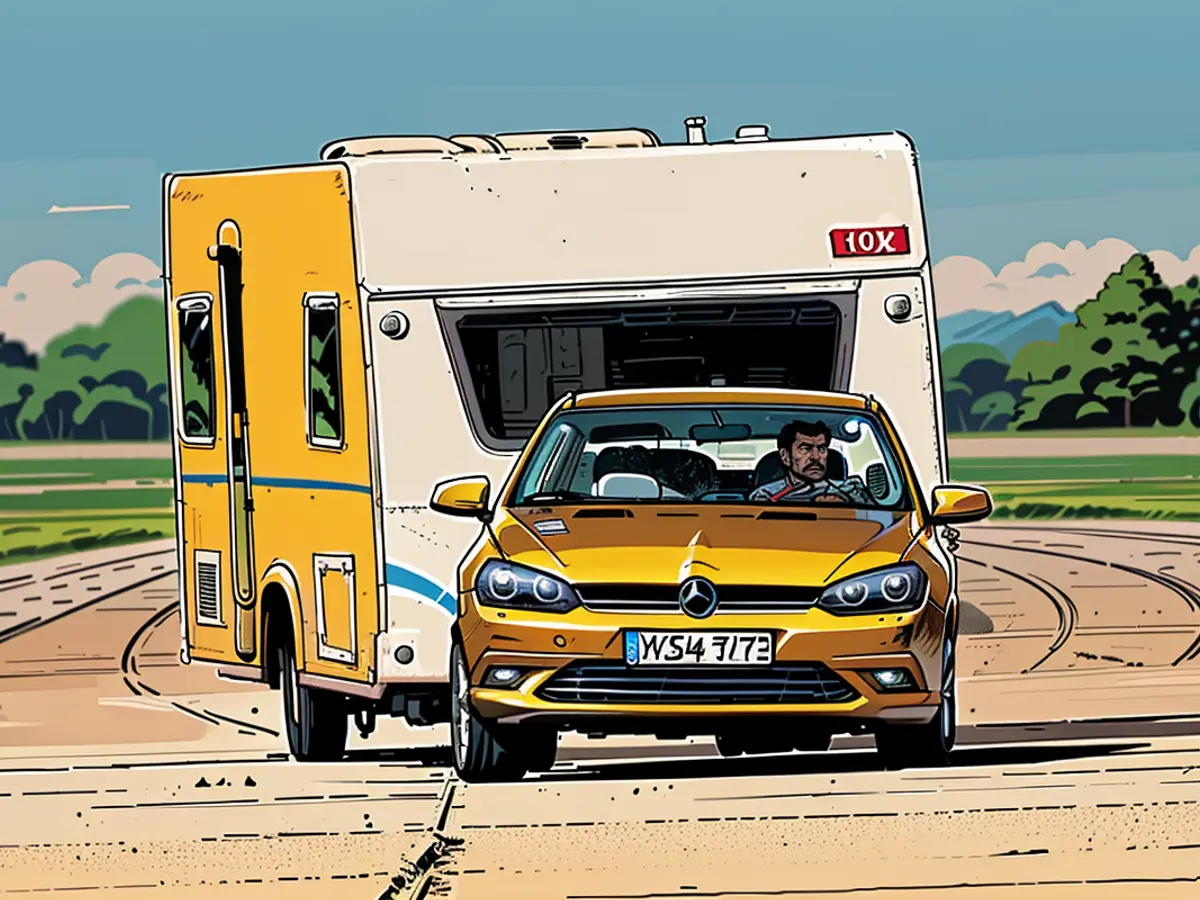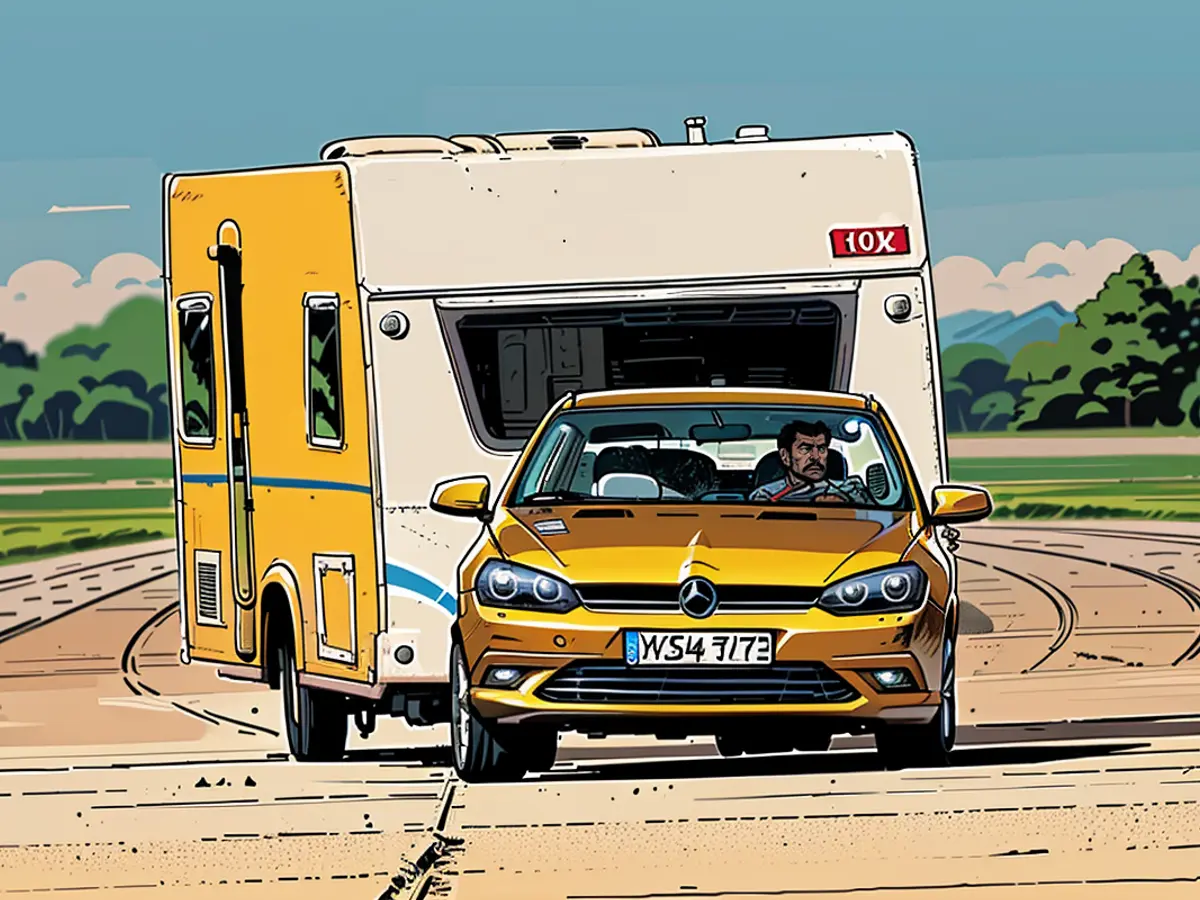In the heart of German cities, where cars mingle with bicycles and pedestrians, a debate is brewing about implementing a 20 km/h speed limit. Current discussions revolve around lowering the speed limit on certain streets, and the reasoning for this change extends beyond safety considerations.
Why the shift towards 20 km/h?
Recently, Dortmund's main street transformed into a permanent 30 km/h zone, spurring debates around this topic. While some motorists may feel uneasy, others argue that such modifications can increase road safety. Interestingly, this discussion largely revolves around reducing noise pollution, especially on busy streets lined with shops and cafes.
According to Germany's (StVO), an area with a 20 km/h limit is considered a 'calm traffic zone'. These zones typically lack traffic lights or pedestrian crossings.
Due to the slower speed of drivers, pedestrians become more conspicuous, potentially mitigating increased risks. The intention is to create more pedestrian-friendly city centers, leading to a more lively atmosphere.
This transformation could significantly impact traffic flow and refocus attention towards other matters. For example, minimizing the number of traffic lights could facilitate quicker pedestrian crossings.
Discussions on speed limit reductions are underway in certain cities, while others are considering alterations to specific streets. The legal framework surrounding traffic planning is also being scrutinized.
Exact locations for the future 20 km/h speed limit implementation are yet to be confirmed.
In light of ongoing discussions to decrease speed limits, some advocate that a 20 km/h limit could also contribute to a decrease in the sound of horns, promoting a quieter city center.
With the implementation of 'calm traffic zones', city centers could potentially see an increase in sidewalk cafes and outdoor seating areas, drawing locals and tourists alike with its inviting charm.
[1]: [3]: [5]:







